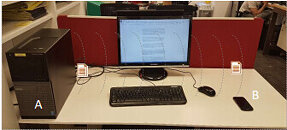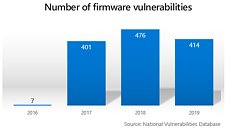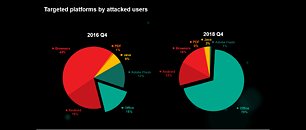
IBM Opens State-of-the-Art "X-Force Cyber Range" in Washington DC
IBM has announced the official opening of the new IBM X-Force Cyber Range in Washington, DC. The range includes new custom training exercises specifically designed to help U.S. federal agencies, their suppliers and critical infrastructure organizations more effectively respond to persistent and disruptive cyberattacks, and threats posed by AI. The state-of-the-art facility is designed to help everyone from legal and mission-critical leaders, to the C-Suite and technical security leaders prepare for a real-world cyber incident. According to IBM's 2023 Cost of a Data Breach report the global average cost of a data breach reached $4.45 million, with the US facing the highest breach costs across all regions. Organizations that formed an incident response (IR) team and tested their IR plan experienced faster incident response times and lower costs than organizations that did neither. In fact, the report found that high levels of IR planning and testing saved industry and government nearly $1.5 million in breach costs and 54 days from the data breach lifecycle.
"From national security threats to supply chain disruptions impacting the goods and services we rely on every day, cyberattacks on government and critical infrastructure can have ramifications that go far beyond the balance sheet," said Alice Fakir, Partner, Lead of Cybersecurity Services, US Federal Market for IBM Consulting. "The elite and highly customizable cyber response training we provide at our new DC range helps organizations and federal agencies better defend against existing and emerging threats, and also addresses federal mandates like those in the Biden Administration's Executive Order 14028 focused on improving the nation's cybersecurity."
"From national security threats to supply chain disruptions impacting the goods and services we rely on every day, cyberattacks on government and critical infrastructure can have ramifications that go far beyond the balance sheet," said Alice Fakir, Partner, Lead of Cybersecurity Services, US Federal Market for IBM Consulting. "The elite and highly customizable cyber response training we provide at our new DC range helps organizations and federal agencies better defend against existing and emerging threats, and also addresses federal mandates like those in the Biden Administration's Executive Order 14028 focused on improving the nation's cybersecurity."













































